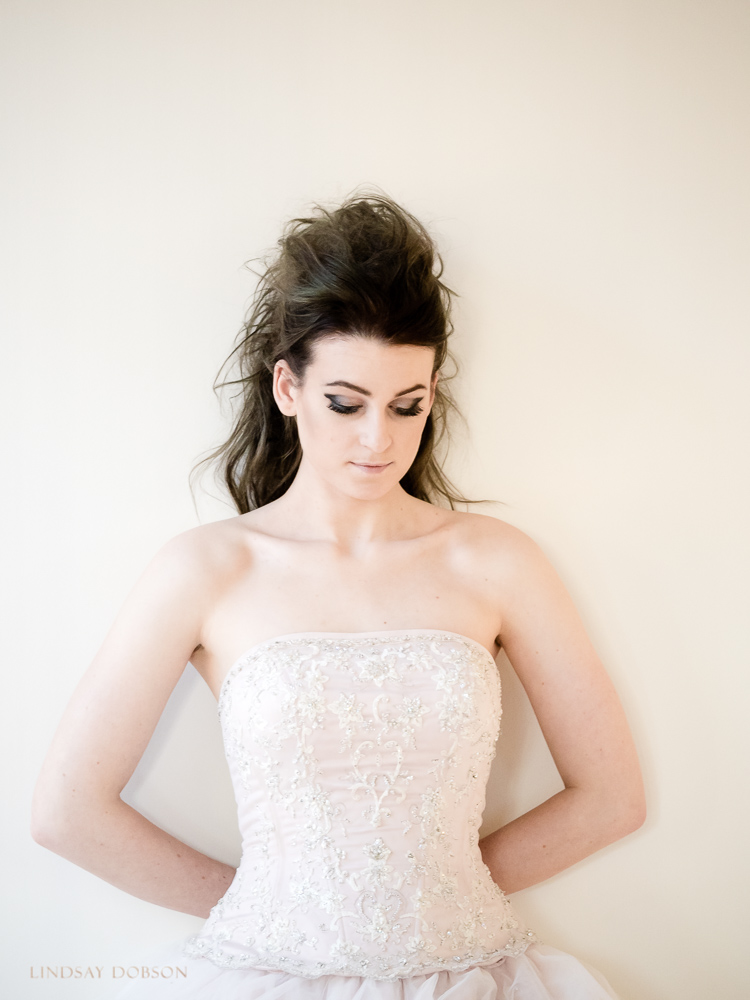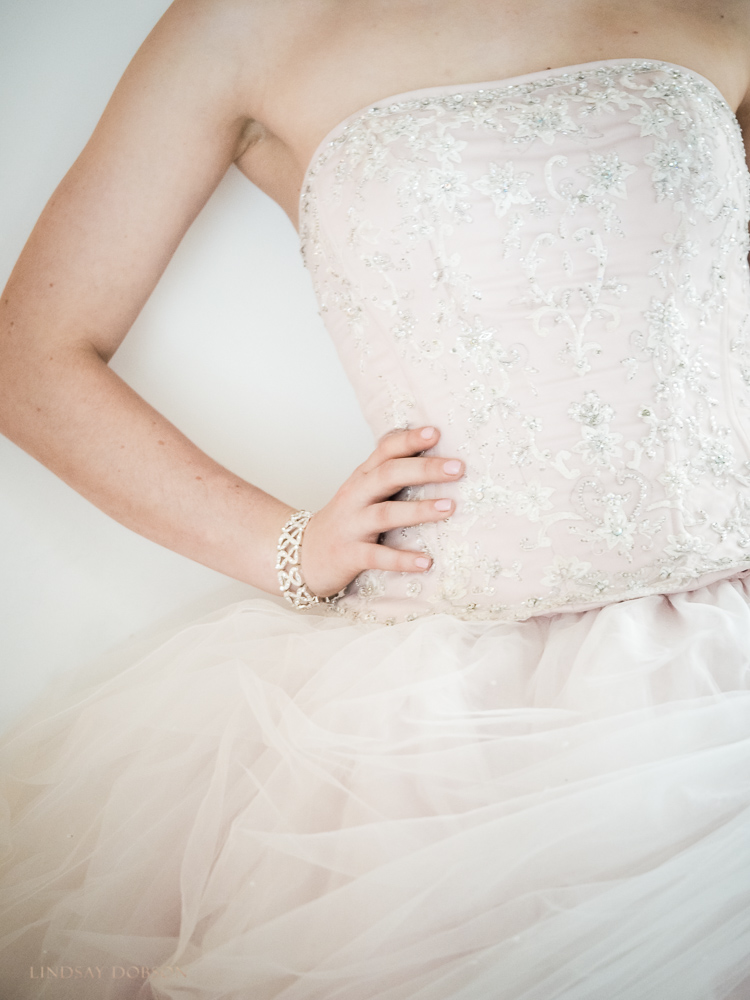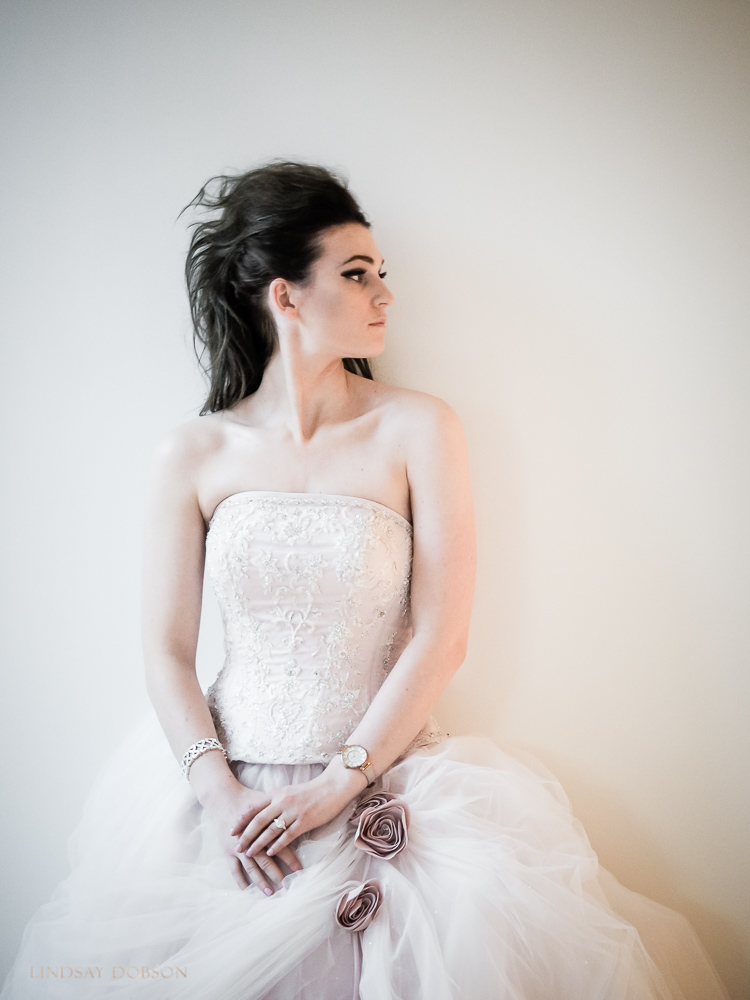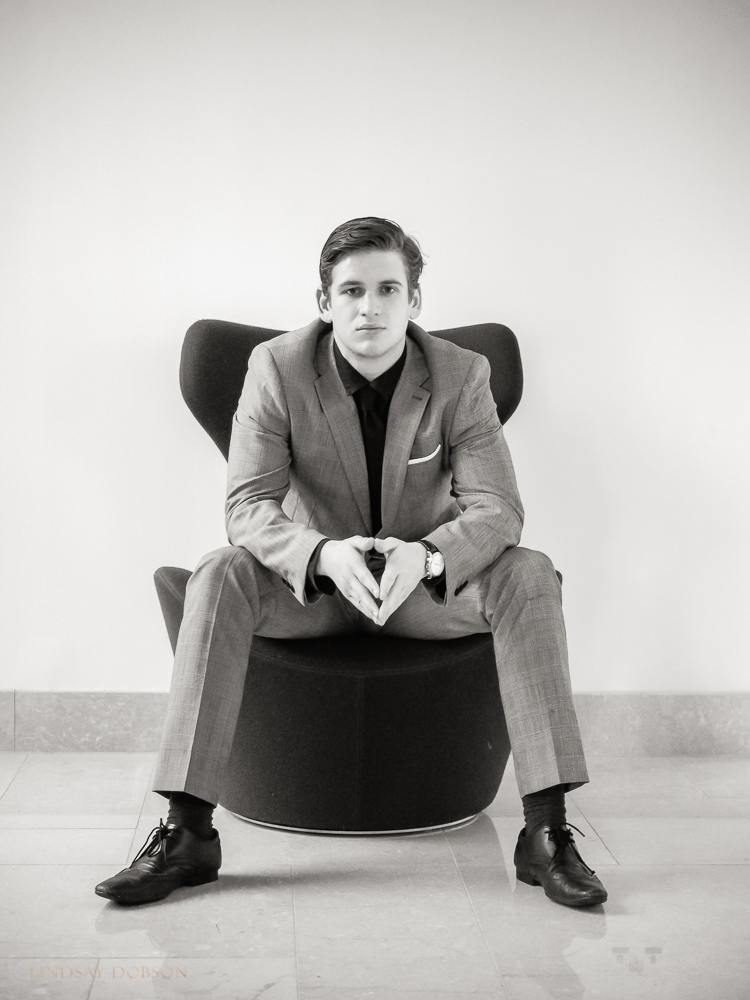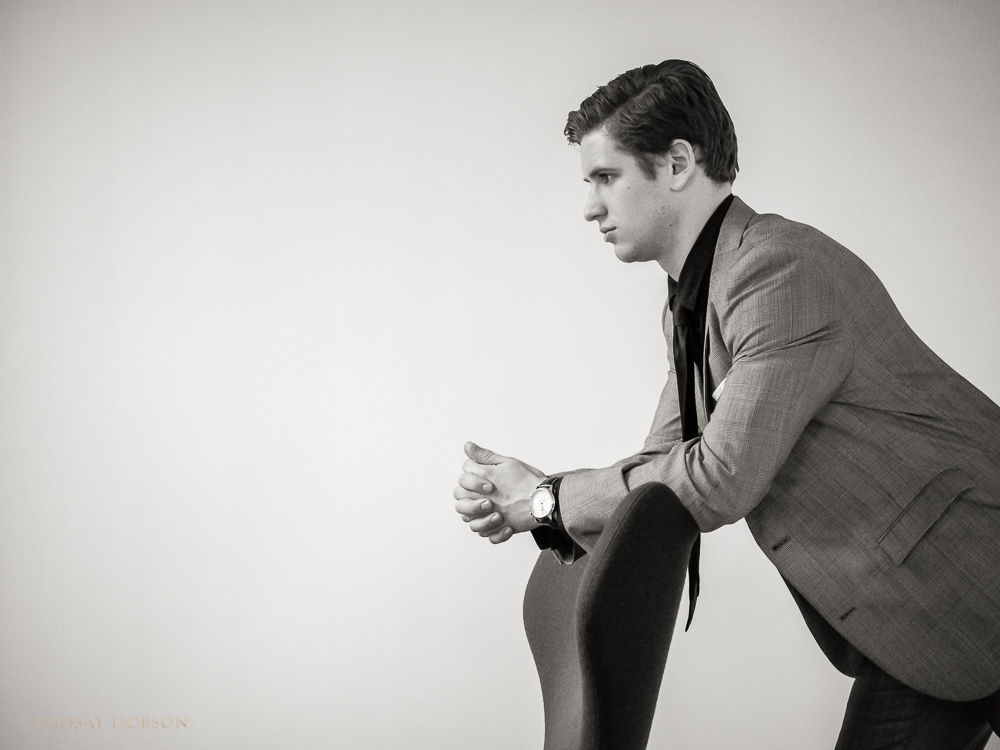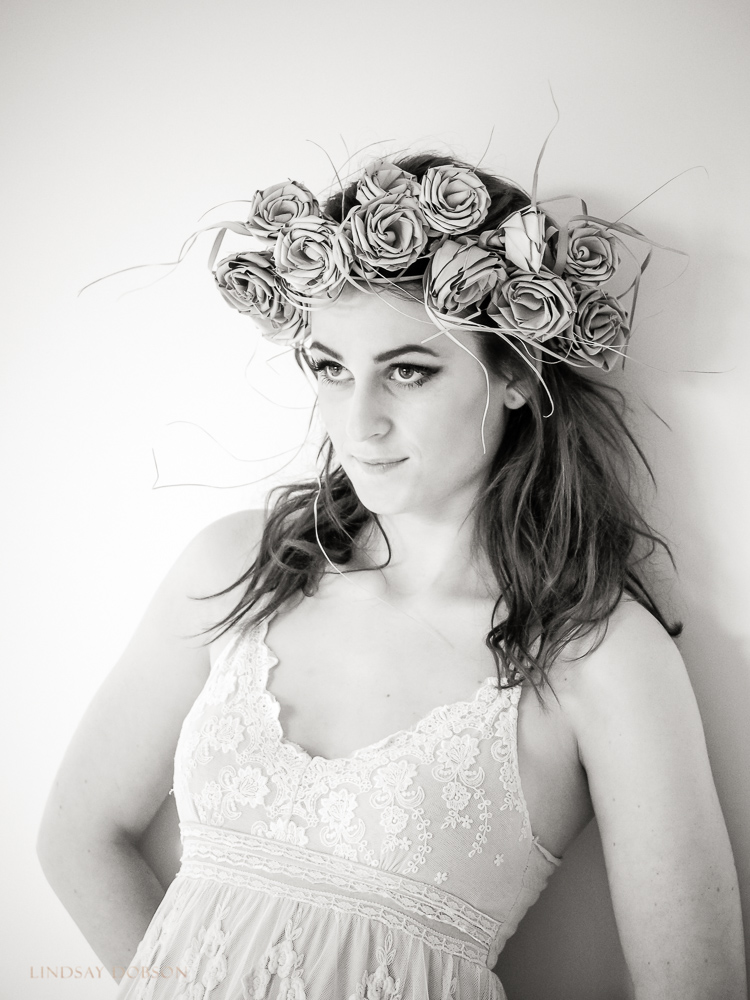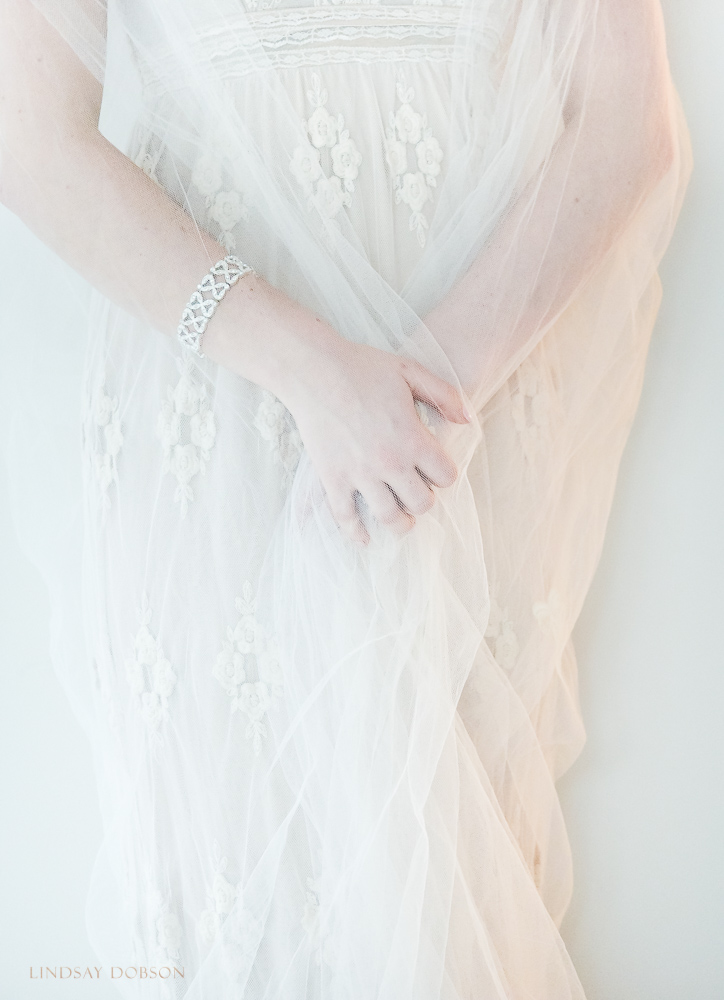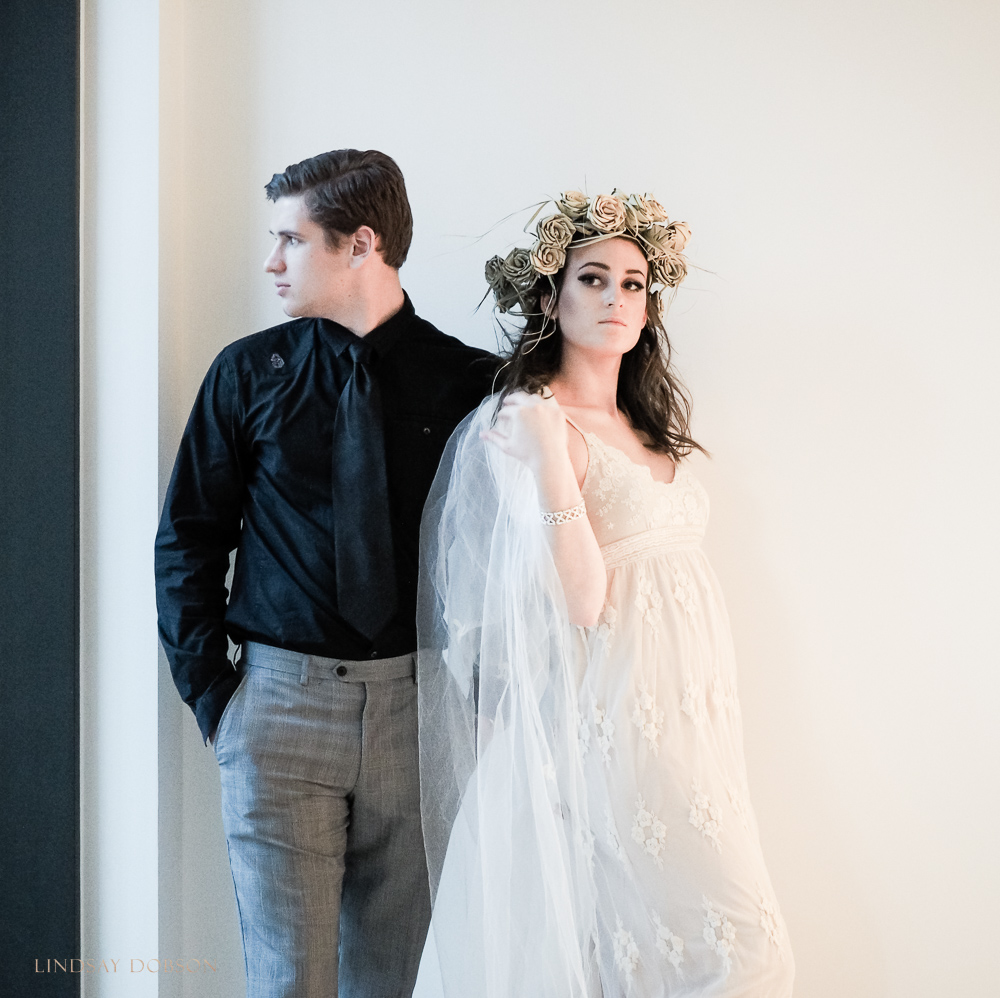Bridal Portraits using Natural Light in Winter
I was recently going through the archives and I found this shoot from 2014. It’s a reminder that how we light our subjects depends on several factors. We might be looking to create a particular mood in the photograph, be it dark and mysterious or bright and high key. We might be creating a funky portrait or soft ethereal study. Or we might be photographing brides and grooms at a winter wedding using only the available natural light. Our use of light therefore has to be appropriate to the subject and appropriate to the story our pictures will tell.
Pretty much every location photographer I meet will do things differently to the next photographer. That’s what makes us unique, and quite often we can identify a particular photographer simply by his or her lighting style. The majority of competent photographers will have crafted their own personal signature by studying and learning from the photographers they admire the most, layering that with their own particular methods and preferences. This can often take many years but I feel the one thing which sets the great photographers apart from the rest of the crowd will be the endless quest for improvement.
Therefore self-development will be a continuous process and very often our greatest investment will be in ourselves. The wedding photography marketplace is, as we all know, quite saturated nowadays. There are a great many mediocre photographers out there and I would wager that many of those have given no consideration to advancement and may never have trained or learned from the masters of the craft.
Good training is without doubt expensive, but it is priceless. This is why thousands of photographers will flock to London in January every year to attend The Societies Convention – six days of inspiring classes, seminars, and shoots. You’ll see some very big names amongst the speaker line-up and from my own experiences each year both as a delegate and a speaker I would say that the quality of the training is second to none. There are classes for all abilities, whether you’re a comparative newcomer or seasoned established professional.
Although I’m a portrait photographer I have the greatest admiration for creative wedding photographers, and very often they are the people I’ll enjoy listening to. With that in mind I signed up to attend a session with fine art wedding photographer Kevin Wilson FBIPP FRPS, who shoots almost entirely with natural light. The important thing to realise is that light is light, and its quality and direction will matter in just the same way whether or not that light has been added by the photographer, or shaped and moulded from a natural source.
Your understanding of light should be the same, irrespective of where the light is coming from, and irrespective of how you incorporate it into your work. I know far too many photographers who only work with natural light quite simply because they don’t understand the principles of lighting, even though those principles are (or should be) the same whatever the source of illumination. This is amply demonstrated by the manner in which an expert practitioner will mould the light he or she finds on location, using flags, scrims, and large reflectors – and this was the rationale behind Kevin’s shoot.
There are however some caveats – we do need light of a decent quality and quantity, that is a given. When working in very low light there are some very important considerations. First of all we need to consider focusing. A modern camera will have an efficient autofocus system and to an extent the focus speed and accuracy will also be dictated by the chosen lens. But with the best will in the world, and the best camera in the world, we cannot defy the laws of physics. We need to give our camera’s autofocus system something to grab onto and that means showing it something containing an area of contrast, such as textures or lines.
However if there is very little light, there won’t be enough light to illuminate those high contrast areas and so the focus system won’t be able to “see” what it has to grab. The result will be a fuzzy photograph. How do we get around this? The obvious thing is to add more light, but in some situations we won’t be able to do that (the majority of wedding ceremonies ban lighting of any kind). And so, horror of horrors, we must consider actually using manual focus – huh! I know photographers who have never done this, and some of them will write to me complaining that their camera is rubbish at focusing. And they’ll attach a very muddy lowlight photograph as proof. Of course it isn’t the fault of the equipment, we need light and good technique. Manual focusing is quite easy, especially when you can hit the magnify button on the back of your camera and quickly adjust the focus ring until things are sharp. Because this takes a little longer than using autofocus, I couldn’t use this technique whilst shooting at the convention, because we were quickly grabbing opportunistic shots in between each pose or concept – and these photos are reference images rather than commercial ones.
Today’s tip:
A key consideration when shooting in low light is noise. This becomes a bigger problem if we get our settings wrong and if we end up having to brighten the photograph afterwards during postproduction. Therefore the first stage in minimising noise is to make sure you don’t under expose your images at the point of capture. In this situation we have a white wedding dress and the bride posing against a white wall. Therefore we would need to overexpose the picture by at least two thirds of a stop
A fast lens is of course a requirement in this kind of situation and I find zoom lenses highly convenient for this kind of thing. I had my Pana 35-100 f2.8 with me, which gives me an effective focal length of 70 to 200 mm on my micro four thirds cameras. I can also shoot this lens wide open and have enough depth of field to get most of my subject in focus. In terms of colour temperature I was shooting on a Daylight or Cloudy setting, and when shooting RAW this can of course be adjusted at will afterwards during post-production.
The manner in which we then process the files needs to be consistent with the brief and the general styling of the shoot. Since this was about soft delicate lighting against a light backdrop, a bright and airy approach to the processing works well in my opinion. Although many of the images are very similar, it’s interesting to see how small changes to the pose can completely alter the photograph, as will alterations in framing and colour tone.
I owe a huge thank you to our wonderful model Elice and her handsome partner, and also to Kevin’s wife who styled the shoot and made the wonderful floral garland.


